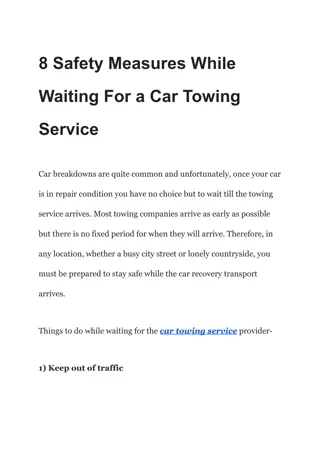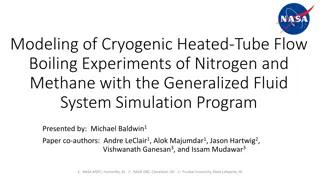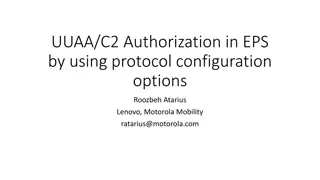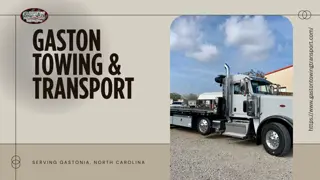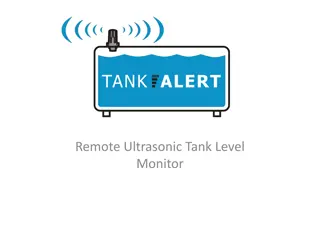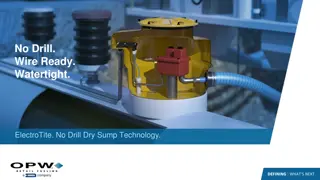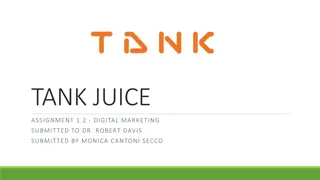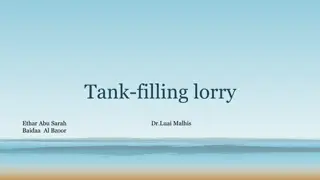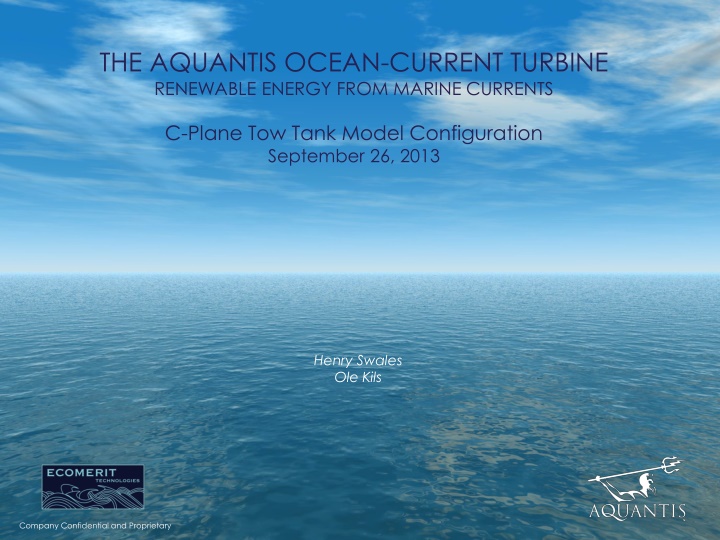
Maximizing Performance of Aquantis Ocean Current Turbine
The Aquantis ocean current turbine utilizes innovative design approaches to maximize performance by focusing on vertical CG and CB separation, wake minimization, and structural efficiency. The transverse structure, made of 6061 aluminum pipes and optimized oval tubes, plays a crucial role in the turbine's overall functionality. This confidential model configuration aims to enhance renewable energy generation from marine currents effectively and sustainably.
Download Presentation

Please find below an Image/Link to download the presentation.
The content on the website is provided AS IS for your information and personal use only. It may not be sold, licensed, or shared on other websites without obtaining consent from the author. If you encounter any issues during the download, it is possible that the publisher has removed the file from their server.
You are allowed to download the files provided on this website for personal or commercial use, subject to the condition that they are used lawfully. All files are the property of their respective owners.
The content on the website is provided AS IS for your information and personal use only. It may not be sold, licensed, or shared on other websites without obtaining consent from the author.
E N D
Presentation Transcript
THE AQUANTIS OCEAN-CURRENT TURBINE RENEWABLE ENERGY FROM MARINE CURRENTS C-Plane Tow Tank Model Configuration September 26, 2013 Henry Swales Ole Kils Company Confidential and Proprietary Company Confidential and Proprietary
Design Drivers Goals & Approaches: 1. Maximize vertical separation of CG & CB Place Structural Mass Low Keep wake out of alignment with rotor radial directions Place Buoyancy High 2. Minimize wake into the rotor - with and without fairings Concentrate upstream structures within 25% blade span where possible Move structural members as far forward as possible Maximize wake recovery Move CG forward to align with CB eliminate tail cone 3. Connect all moorings & cables to transverse structure Isolate loads measurements at nacelle connection 4. Provide independent adjustability of CG and CB locations without impacting net buoyancy 5. Minimize structural mass of buoyant elements Cylindrical pressure vessels have more crush resistance than flat fairings (less ribs & structural material required) Company Confidential and Proprietary
Transverse Structure Type 6061 Aluminum Pipe Transverse Structure: Including load cells, not including mooring brackets Easy Mooring Bracket & Fairing attachment and adjustment. 2.02m, 44.45mm OD, 25.4mm ID Optimized Oval Tube (Scaled Steel Weldment): Wall thickness optimized for stress. Buckling not analyzed. 2.02m x 160mm x 40mm Off-the-shelf Aluminum Mini-Truss: 2m x 100mm x 100mm 16.21 lbf 15.81 lbf 20.00 lbf Company Confidential and Proprietary
Model Configuration Company Confidential and Proprietary






